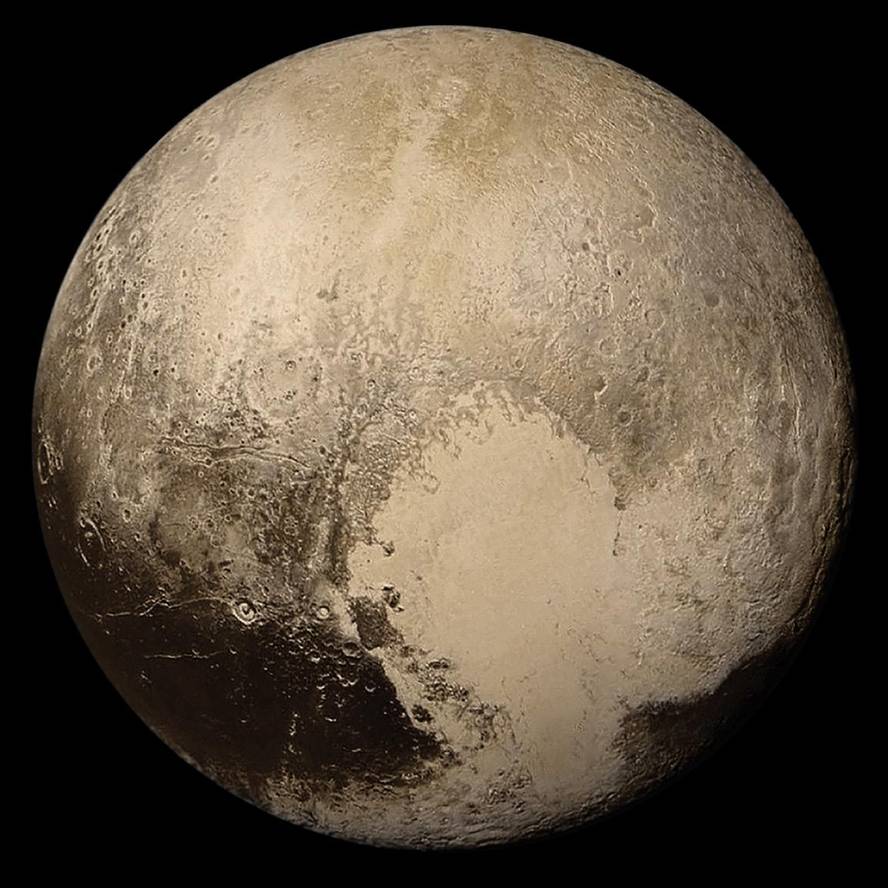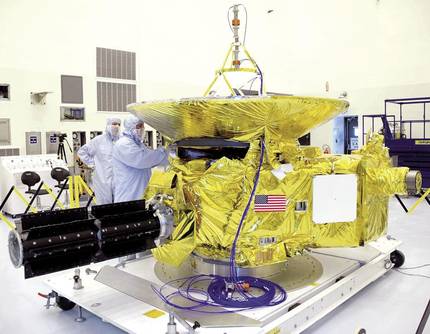Mission New Horizons, Pluto up close
After nine and a half years of travel and about 5 billion kilometers, last July 14, New Horizons, the NASA probe, closest to Pluto. “Following in the footsteps of planetary missions such as Mariner, Pioneer, Voyager, etc., New Horizons has triumphed in Pluto,” Mission Chief Alan Stern said the next day when he confirmed that everything had gone well.
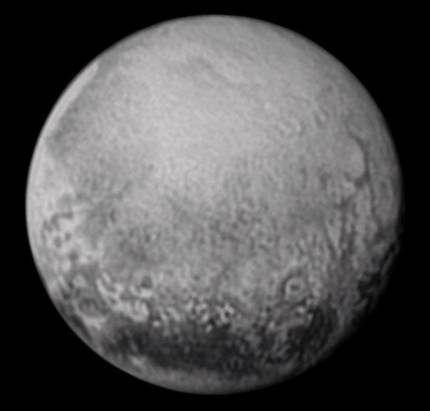
“It seems amazing to me,” says astronomer Jesús Arregi and a member of the UPV Group of Planetary Sciences. “When he left in 2006 and spent about a year with Jupiter and we were attentive. Then you forget, but when you arrive, and in the sight of what you see, you realize what is a journey of almost ten years, at such a high speed, communicating to you at such a distance, and after ten years, that all the teams work well, and that Pluto, who is so far away, and what we least knew, look almost closely. It seems surprising and admirable to me.”
Astronomers began to surprise as they approached New Horizons Pluto. The first images showed that the surface of the dwarf planet was complex: some parts were light and some were dark. For example, there was a gigantic heart and luminous region and a very dark whaling zone (the heart has been called the Tombaugh Region and the whale the Cthulhu Region). “It has been seen to have a rather confusing surface,” explains Arregi, “it has very old parts in which there are very old craters and other surfaces are very young.”
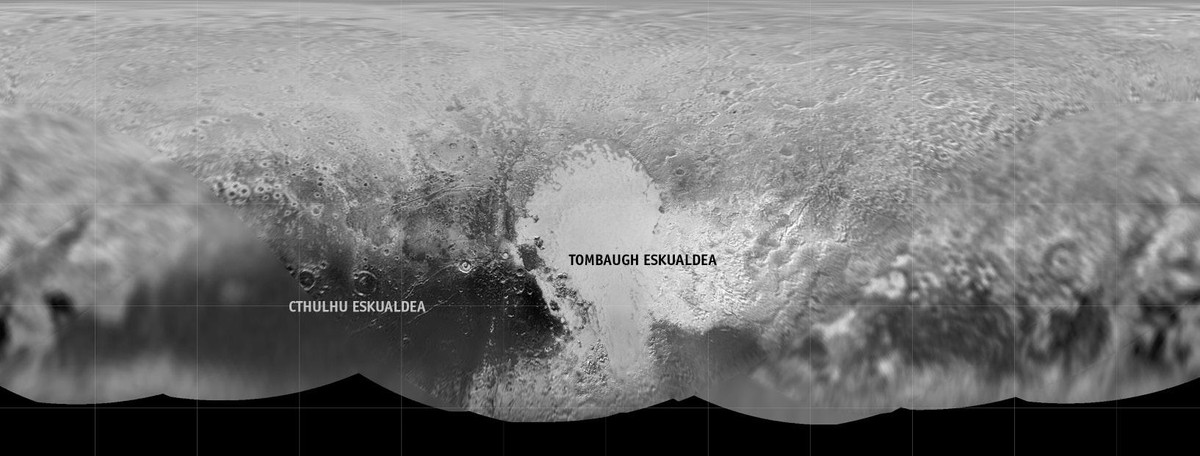
There are also 3,500 metres of mountains. They believe it may be made up of water ice. Although on the surface of Pluto there is a lot of methane and nitrogen ice, these are not as strong as to form mountains. Water ice at the temperature of Pluto is like a stone. It is estimated that the mountains do not exceed one hundred million years. “It’s one of the youngest surfaces we’ve ever seen in the Solar System,” said Jeff Moore, a member of the Geology, Geophysics and Image Group of the New Horizons mission.
The presence of these characteristics on the surface of Pluto is a geological action. “For this the interior has to be quite hot,” says Arregi, “and we don’t know what that heat source is. Being a small body cannot be influenced by gravity. Perhaps the source is radioactivity, it is not clean.” However, being such a small body, it is curious. “It is less than the Moon and in it there is no geological activity or any other. In Pluto there is something. It’s amazing.”
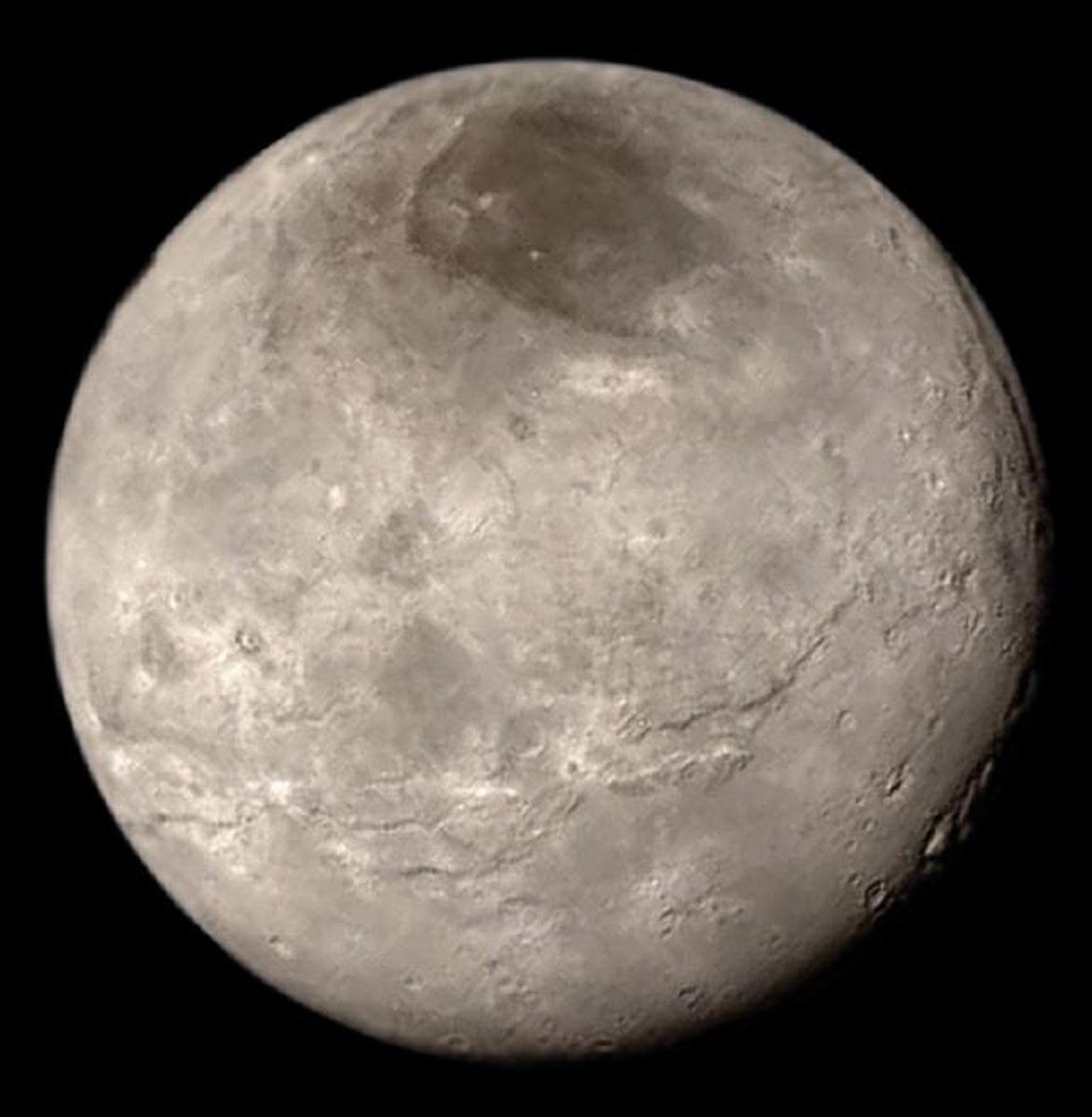
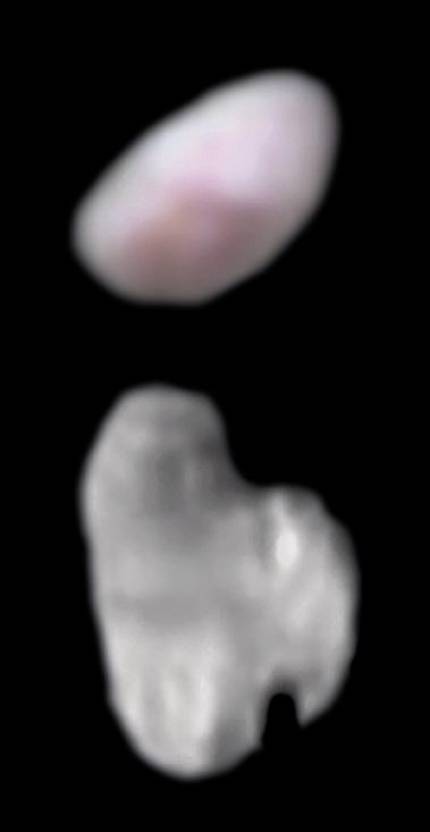
And it seems that Pluto's biggest moon, Karon, also has geological activity. The researchers have been surprised because there are very few craters and those that there seem very young. And there are a couple of giant cannons, the largest is longer and deeper than the Grand Canyon of Arizona. “These are surprising issues, as they are small bodies and are mostly composed of light elements. But, perhaps, we also had prejudices. We imagined something frozen, everything cold, everything slow and without big changes. But nature often surprises us.”
As for the composition, there have not been many surprises. “At the moment no special issue has been seen, what was expected has been found. But the atmosphere is remarkable, because it is greater than was thought,” said Arregi.
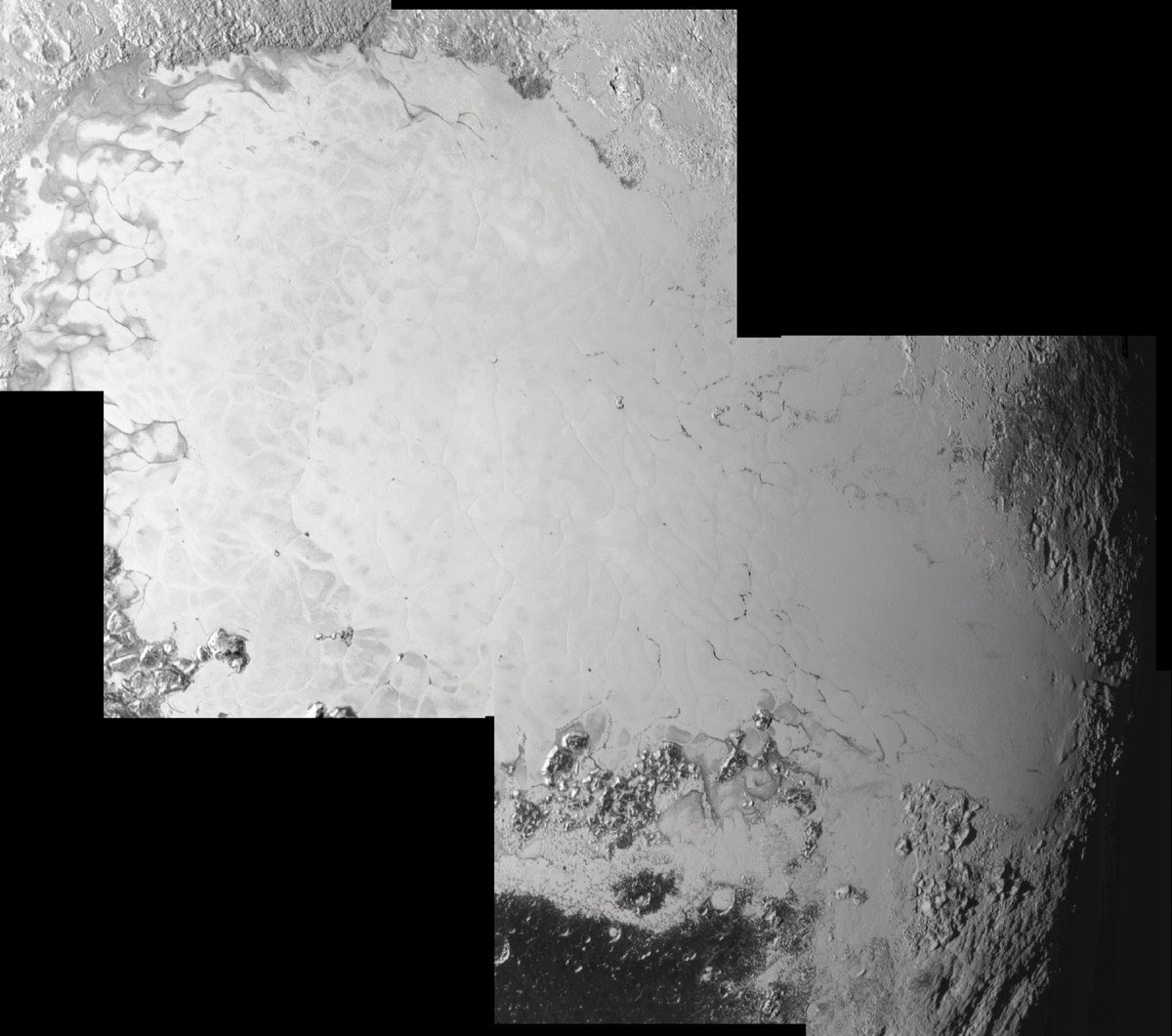
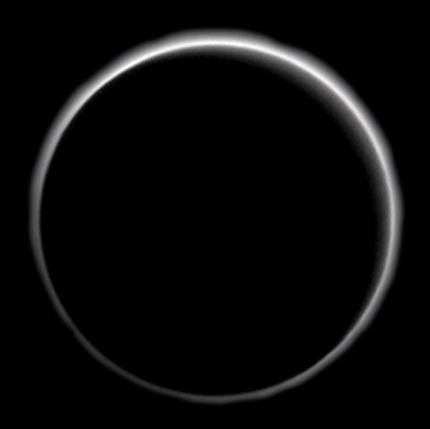
In the hours near Pluto, New Horizons received a lot of information. And all this will take about 16 months to get to Earth. “Then the study phase will come, which will also take a few years,” explains Arregi. “However, if there is something surprising or curious, we will soon know.”
“From a technological point of view, the importance of mission is enormous,” says Arregi. But he also stressed the importance of “everything that contributes to knowing our solar system. And know also what related to metaphysics, our origin. Seeing these things gives an overview that can even change the human mentality. I think opening new paths always makes society’s mentality more open.” On the other hand, “be so successful, get there well, and send images like this, etc. This will surely give strength to this field of science. And that is also important.”
Looking ahead, the objectives are yet to be realized, but the intention is to analyze some other body of the Kuiper belt. “That will also be very interesting,” says Arregi, “because that will also change the current image of these bodies.”



